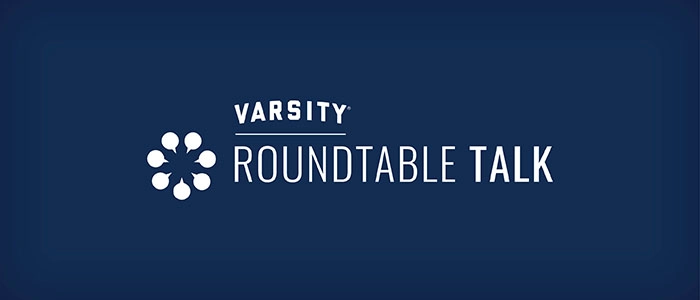Inventing isn’t just for the young—or the tech-savvy. Brian Fried, accomplished inventor, author, and founder and CEO of Inventor Smart, proves that creativity and innovation can thrive at any age. With more than 15 patents and nearly 20 years of experience coaching inventors, Brian has built a career helping people turn everyday ideas into real-world success stories.
On a recent episode of Varsity’s podcast, Roundtable Talk, Brian shared what inspires older adults to pursue invention later in life and the satisfaction that comes from seeing their ideas come to life. He discussed the biggest myths about inventing, the power of simple problem-solving, and how digital tools like AI and 3D printing are revolutionizing the process.
The following are some fresh perspectives from the conversation. Check out the full episode here.
WHAT MOTIVATES OLDER ADULTS TO PURSUE INVENTION?
Maybe they’re bored and realize they have a better way to do something and they have the time and some funds. Others want to leave a legacy. Maybe build a company they can leave for their family. It’s very interesting to see seniors say, “You know what, I want to give this a shot.” And it’s fun, I get a chance to do it with them.
WHAT ARE COMMON MISCONCEPTIONS THAT HOLD PEOPLE BACK?
A lot of people say, “I came up with this great invention. I’m going to make a gazillion dollars, I just want to sell my idea.” It doesn’t necessarily work that way most of the time. We step back and ask: is it something you can call your own? Is it different than what’s out there? Is the window big enough that enough people will buy it to make it worth your time, money, energy and effort?
DO LIFE EXPERIENCES GIVE OLDER ADULTS AN ADVANTAGE?
Yes! One inventor related his invention to his IT background—wires and cable management. Another watched people pour pills and spill them and came up with Pillspoons. Everyday life experiences get that spark in their heads. Anybody can be an inventor. The question is, are you going to stop and work on it?
WHAT’S THE FIRST STEP SOMEONE SHOULD TAKE WITH A NEW IDEA?
Capture that idea. Otherwise, poof, it’s gone. Text yourself, email yourself, tell somebody. Then do a search—Google, images—be real about what’s already out there. If there’s enough of a difference, do a patentability search with a patent attorney or agent to compare your idea to prior art and see if it’s something you can call your own.
Want to hear more from Brian? Check out the full episode of Roundtable Talk for more fresh perspectives. Watch new episodes of Roundtable Talk on the Varsity website and on Apple Podcasts, Spotify, and iHeartRadio.
